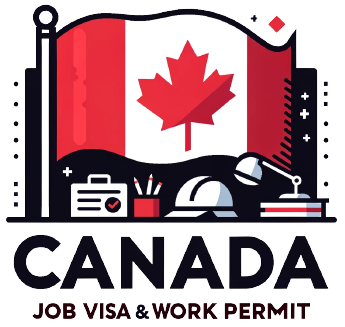In today’s digital-first world, websites function as the first point of contact between businesses and their potential clients. As a consequence, the role of web developers in sculpting these digital interfaces has become paramount. Canada recognized for its flourishing tech hubs and progressive immigration policies, stands out as an attractive destination for web developers worldwide. This detailed guide will help you navigate the path of securing a Canada work permit as a web developer.
Canada’s Digital Ecosystem: A Brief Overview
Beyond its natural beauty, Canada is gaining recognition for its rapidly expanding tech industry. Cities like Toronto, Vancouver, and Montreal are not only becoming international tech hubs but are also driving innovation in various digital realms, including web development.
Web developers have the chance to work in diverse environments here, from dynamic startups aiming to disrupt industries to established tech giants looking to leverage new web technologies.
Understanding Canada’s Work Permit Landscape
Before diving into specific pathways, it’s crucial to understand the broad spectrum of Canada’s work permit options:
- Temporary Work Permits: Usually tied to a specific employer and valid for a fixed period. These are the most common work permits.
- Open Work Permits: Allows individuals to work for any employer in Canada.
- Employer-specific Work Permits: Tied to a particular employer, but also mentions details like the nature of the job.
Key Pathways for Web Developers
- Express Entry: The Federal Skilled Worker (FSW) program under Express Entry is especially relevant for skilled professionals like web developers. Points are awarded for age, work experience, education, and language proficiency.
- Provincial Nominee Programs (PNPs): These are province-specific programs. For instance, British Columbia’s Tech Pilot PNP is designed for tech professionals, making it an attractive option for web developers.
- Global Talent Stream (GTS): Designed for high-demand professions, this offers faster processing times, often within two weeks.
The Application Procedure: Diving Deeper
- Job Offer: Most pathways require a valid job offer. Use platforms dedicated to tech jobs in Canada, like Tech Jobs Canada or the Canadian Digital Service’s job board.
- Credential Assessment: Canada values qualifications, and foreign credentials need an equivalency assessment to determine their Canadian counterpart.
- Language Tests: English (and in some cases, French) proficiency tests are a must. IELTS and CELPIP are widely recognized for English, while TEF is for French.
- Express Entry Profile: If you’re going the Express Entry route, you’d need to create a profile, get into the pool of applicants, and wait for an Invitation to Apply (ITA).
- PNP Nomination: If opting for a PNP, secure a nomination from the province. Post this, and apply for the work permit.
- GTS Application: Under GTS, both the employer and employee have specific forms to submit.
Tips for Integration and Success
- Understand Local Trends: Web development isn’t just about coding. It’s about creating websites that resonate with the target audience. Understand Canadian market preferences.
- Participate in Bootcamps: Cities like Toronto and Vancouver frequently host coding bootcamps. These can be great places to upgrade skills and network.
- Stay Updated: The tech world evolves rapidly. Regularly refresh your skill set. Embrace frameworks or languages gaining traction.
Final Thoughts
Securing a work permit in Canada as a web developer is more than just an immigration process. It’s a journey towards integrating into a thriving tech ecosystem. With meticulous planning, the right information, and a dose of patience, you can navigate the intricacies of the Canadian work permit landscape and chart a successful career in the heart of North America’s tech revolution.

